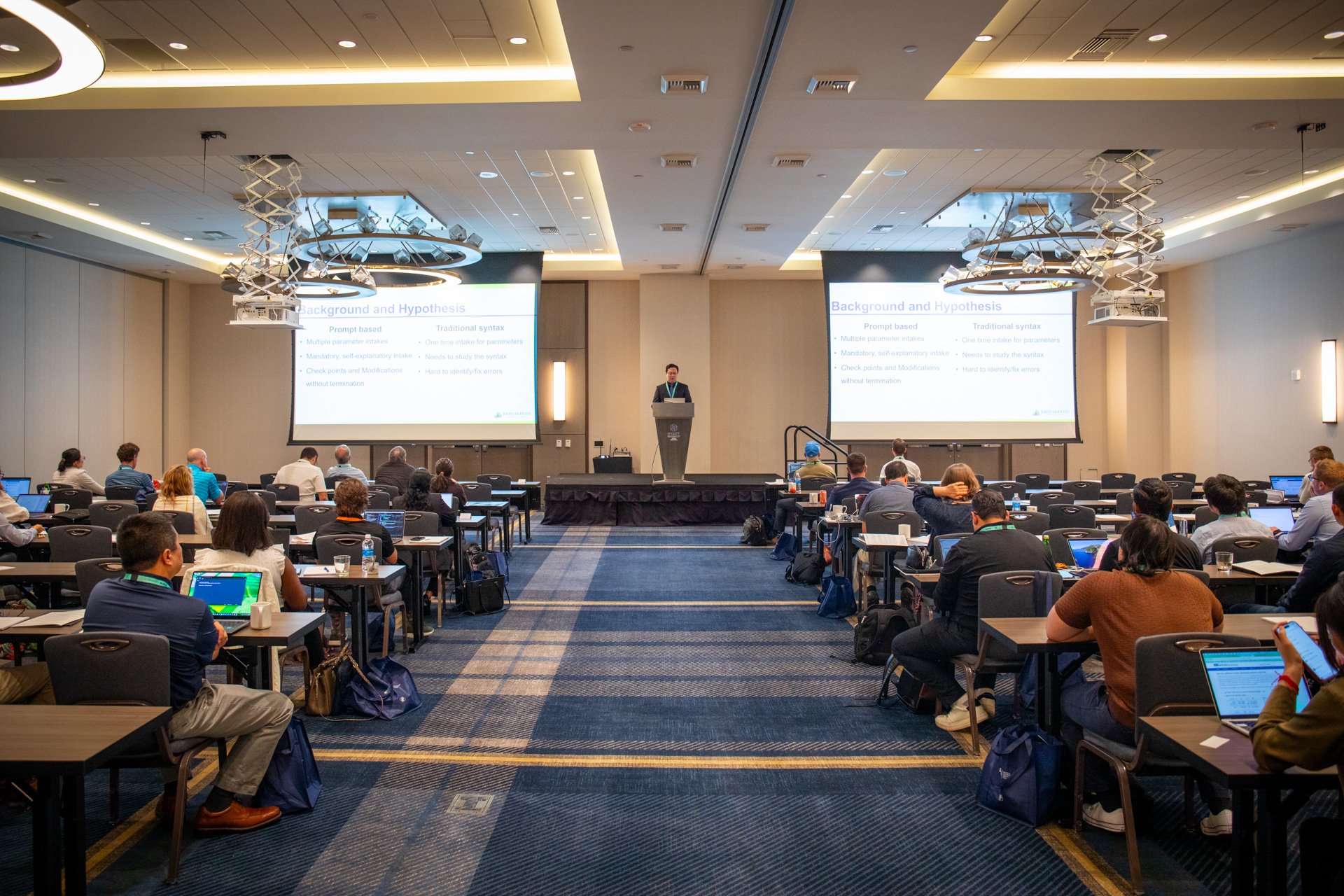One of the most exciting times for us at StataCorp (and hopefully for you as well) is when we get to announce a new version of Stata, full of new features. Now, we hope to experience that feeling with you much more often.
Historically, we have released a new major version of Stata roughly every two years. We will still continue to do that, but most users will now have access to StataNow – a continuous-release Stata. StataNow gives you access to new features now, as soon as they are ready from the development, testing, and documentation groups. The features in StataNow are some of the same features that will also eventually appear in the next major release of Stata. StataNow users will get additional features on a continuous basis throughout the lifetime of a release.
You can read more about StataNow, including how to get it, and you can see its initial set of additional features. But let me tell you a little more about it here.
Many of you create features in Stata that you share with others via your own sites, the SSC archive, and the Stata Journal. And all of you write your own do-files as you perform your analyses in Stata. Knowing this, let me share with you a few technical details about StataNow.
First, StataNow is Stata. To be exact, the current Stata that most of you have is Stata 18.0. StataNow is Stata 18.5 (which we will call StataNow 18.5 from now on). When you are using StataNow, you should start your programs and do-files with version 18.5, just as you previously started them with version 18.0. Why is the version number different? Because StataNow is newer than Stata 18.0, and it is possible something in it will need to be version-controlled differently than in Stata 18. This is no different than when a new release comes out and it has a different version, 16.0, 17.0, 18.0, etc. As always, StataNow is backward compatible, so any programs, do-files, datasets, and so on from earlier versions will work, without changes, in StataNow.
What if we need to version-control something simultaneously in both Stata and StataNow? We would then release Stata 18.1 and StataNow 18.6.
The documentation and help files for Stata 18.0 and StataNow 18.5 are the same. StataNow features are included in them and clearly marked as such.
The dataset format in StataNow is the same as in Stata.
What are the new features in StataNow, and how often will we add features to StataNow? See the current set of new features. There is no set schedule for releasing new features, but we anticipate new features will be released fairly often – several times a year. We will release no new feature before its time, which means that anything released in StataNow is fully official, tested, validated, certified, and documented, just as all the features we put out in a new release of Stata.
When Stata 19 eventually comes out, it will of course include all the features that have come out along the way in StataNow as well as some additional new ones. Users of StataNow will automatically be able to upgrade to Stata 19 — actually, they will upgrade to StataNow 19.5 when Stata 19.0 comes out, and over time StataNow 19.5 will get additional features as soon as they are ready from the Stata elves.
We are excited to be able to give you the new features we add to Stata on a continuous basis, getting them into your hands sooner!
